Mulga Fern,
Narrow Rock-fern
Display all 9 images
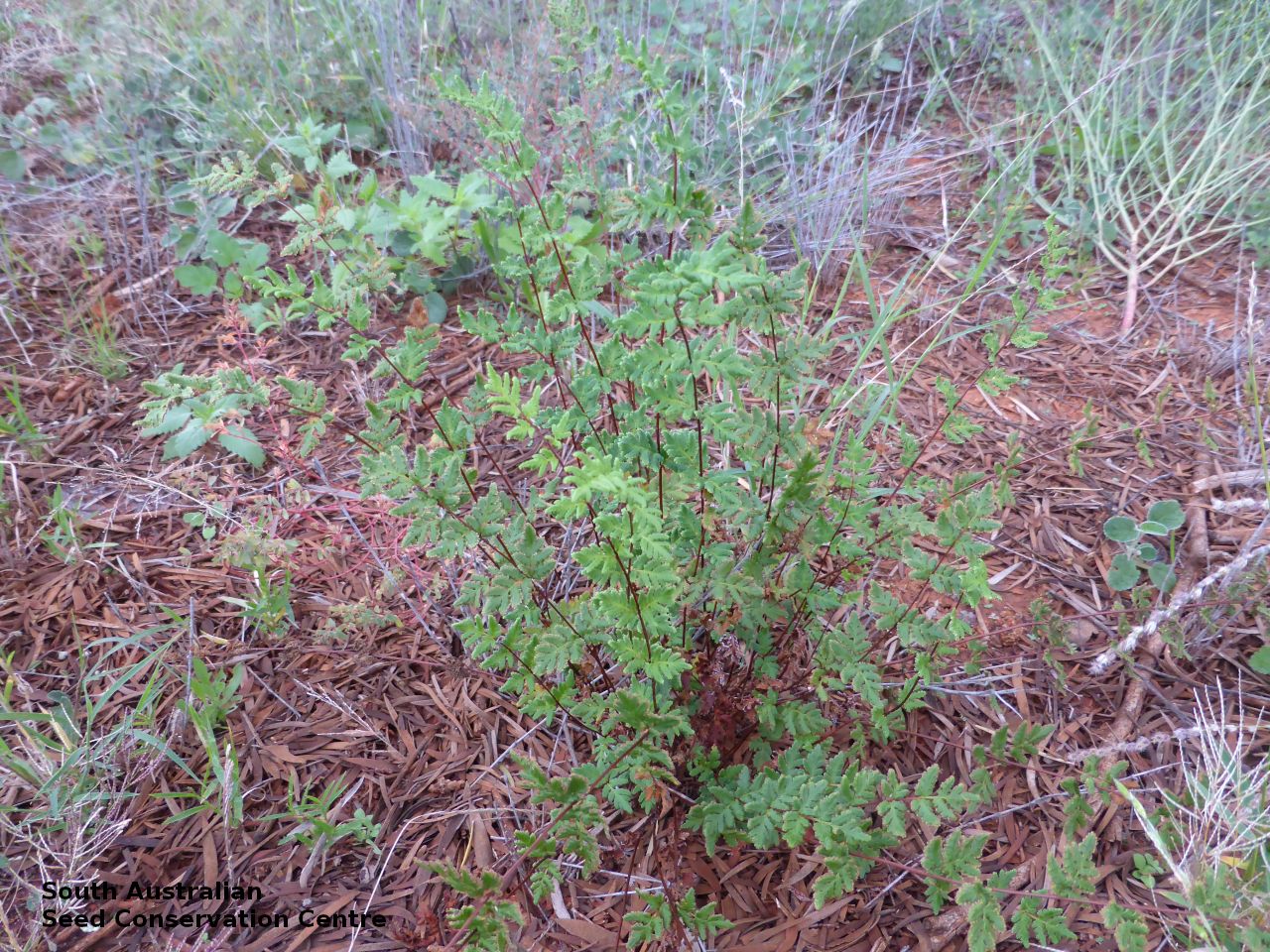
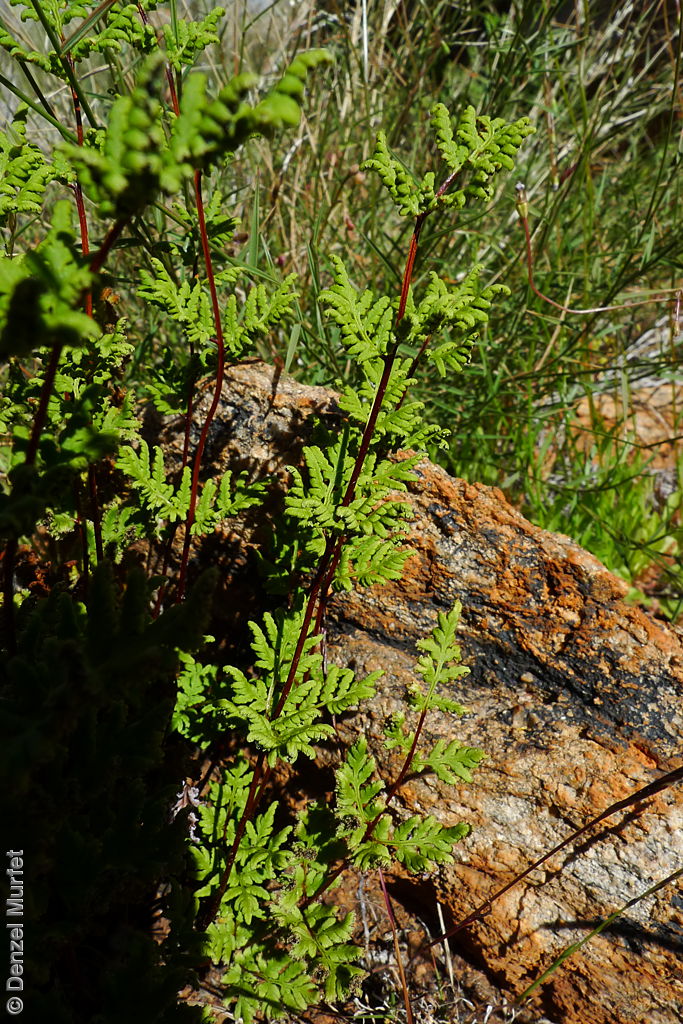
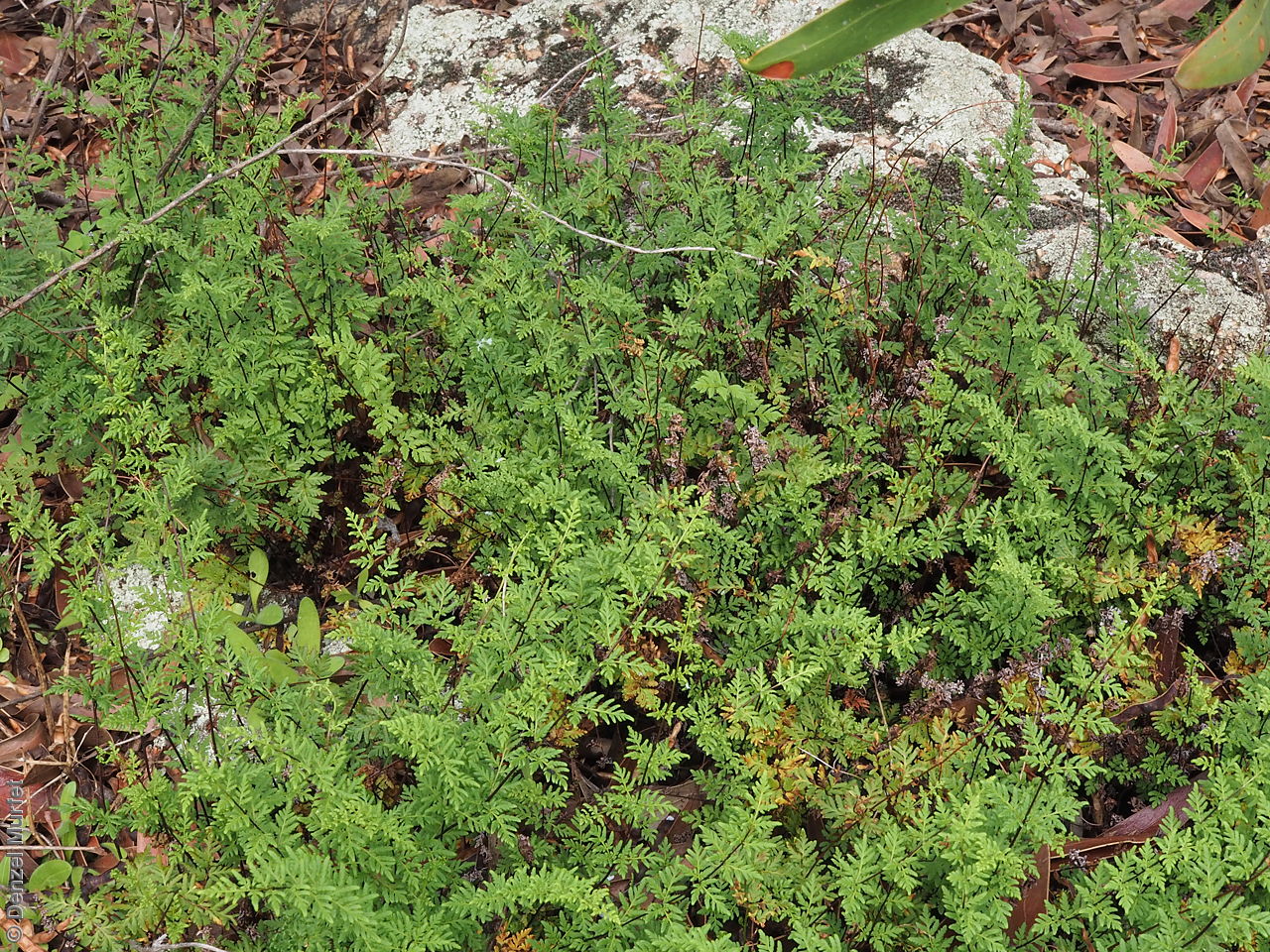
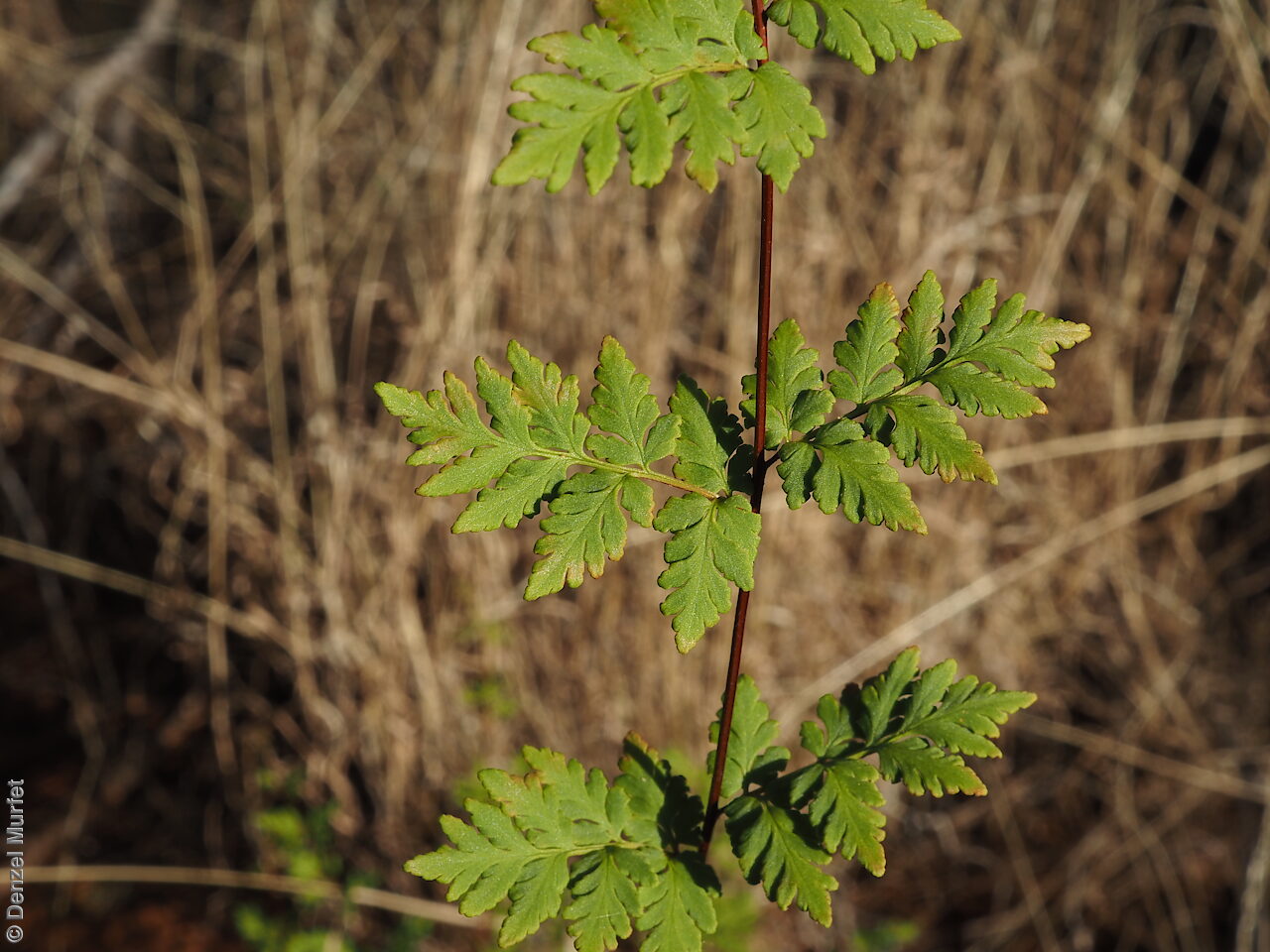
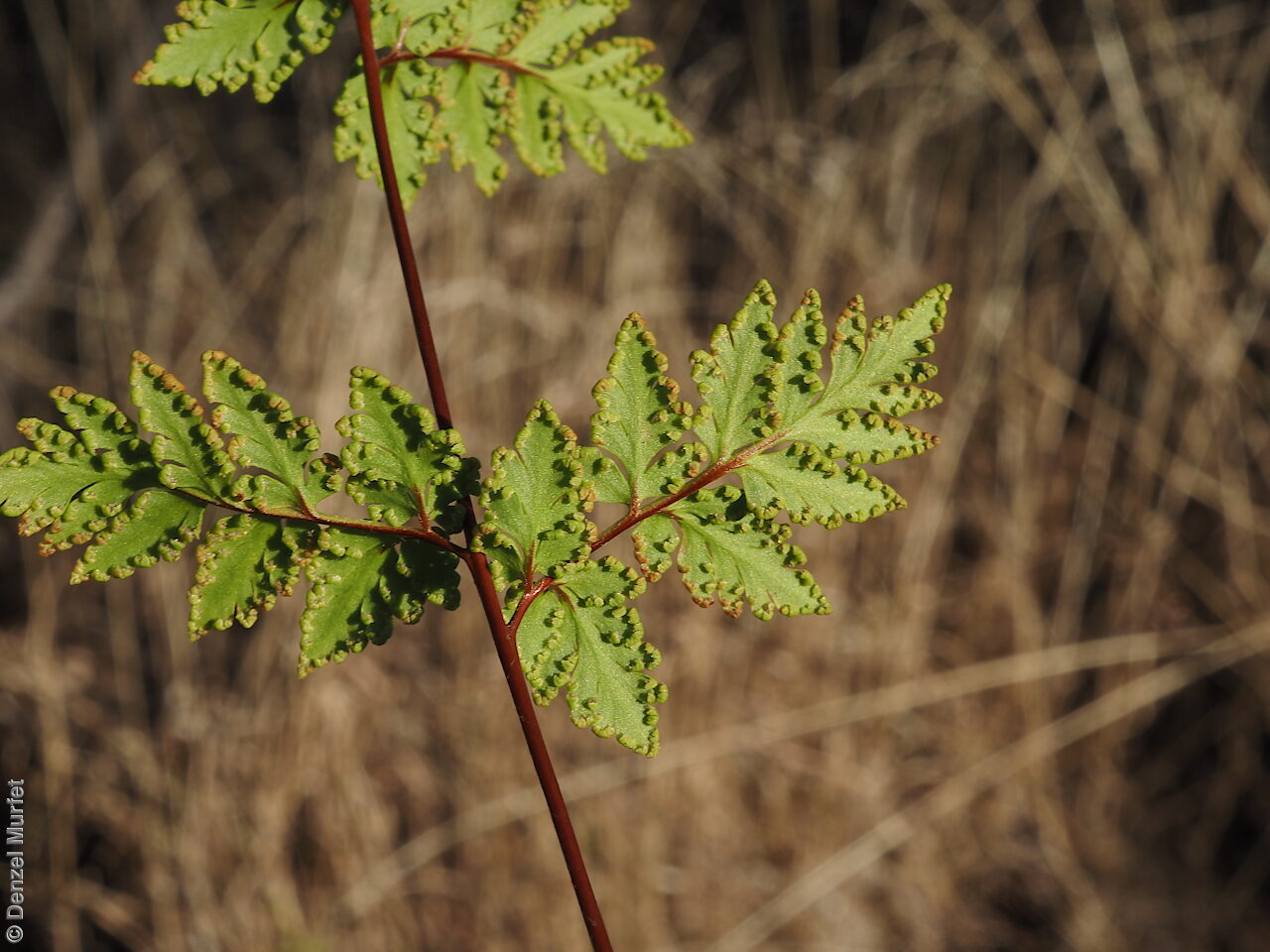

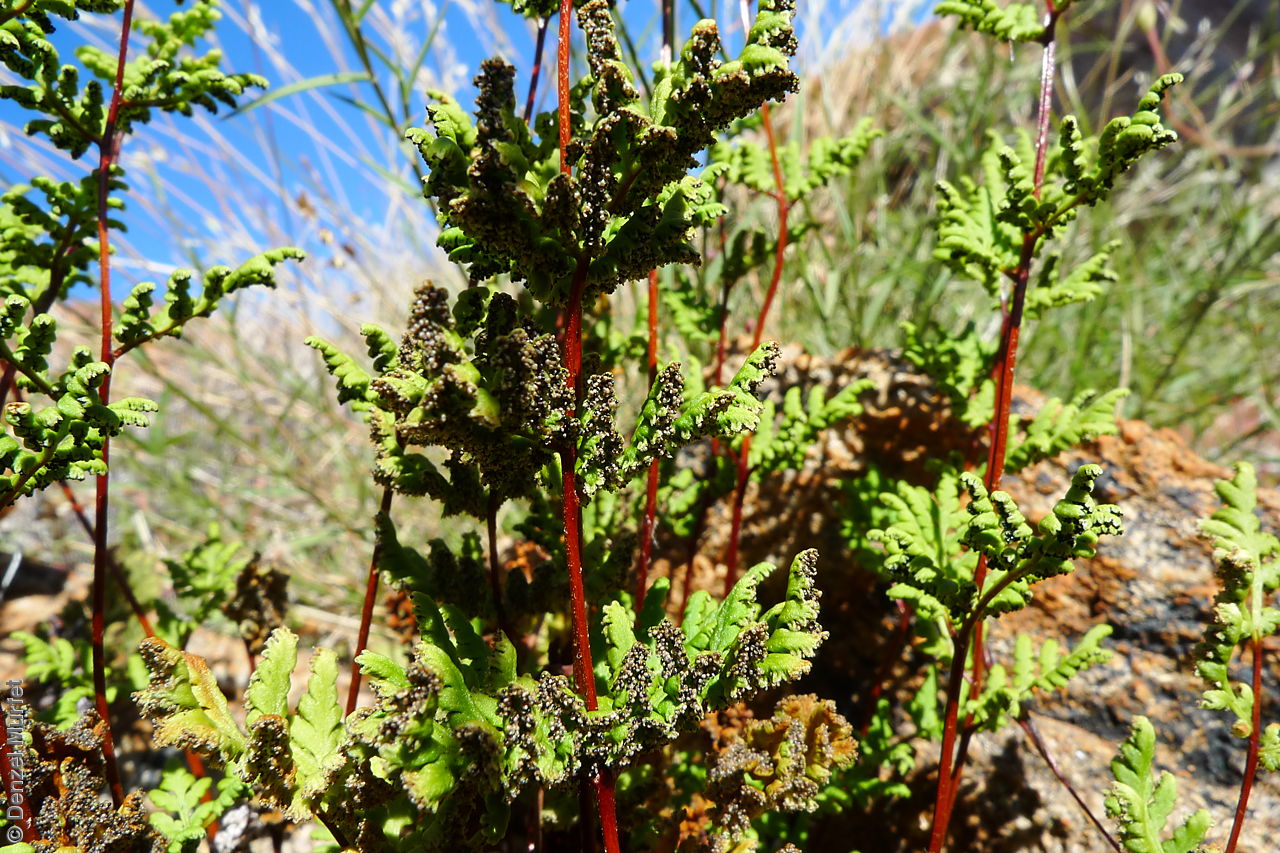
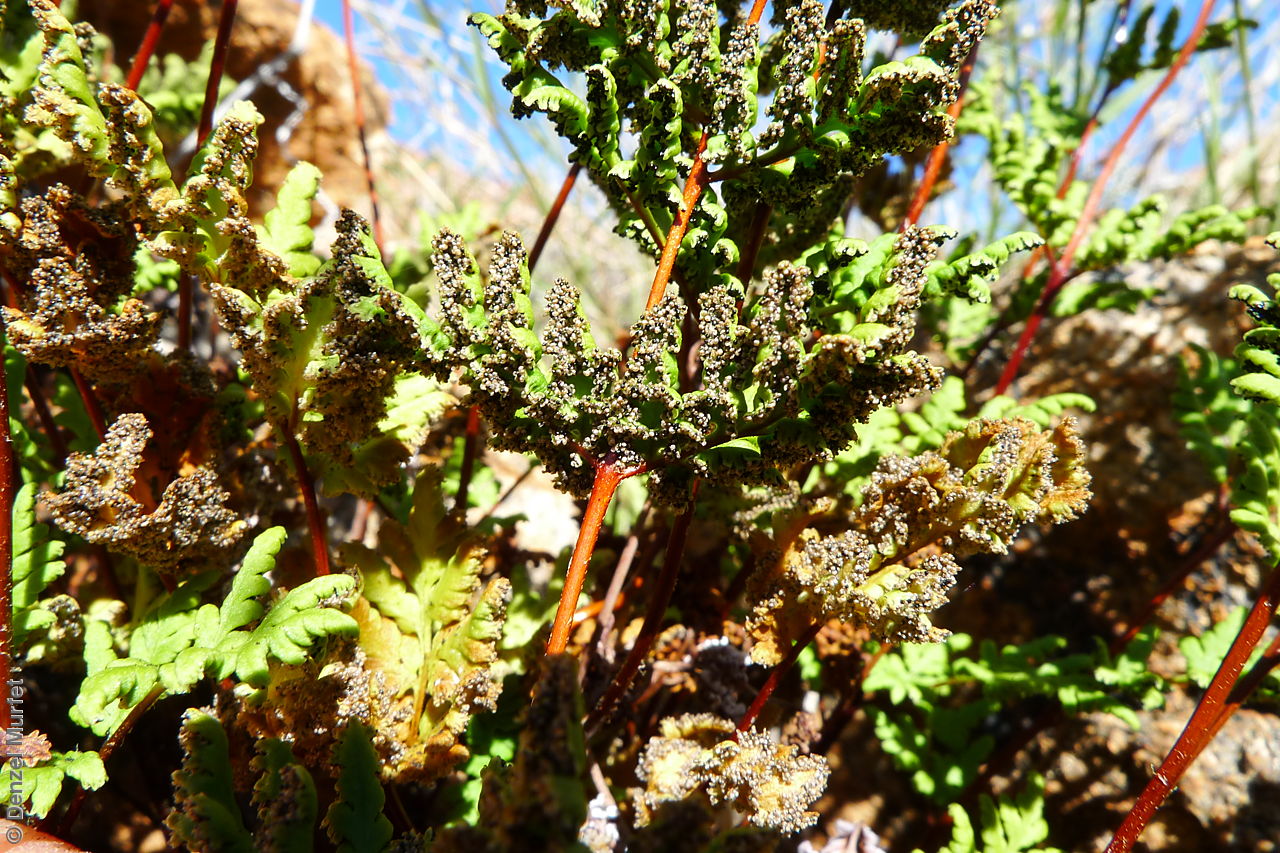
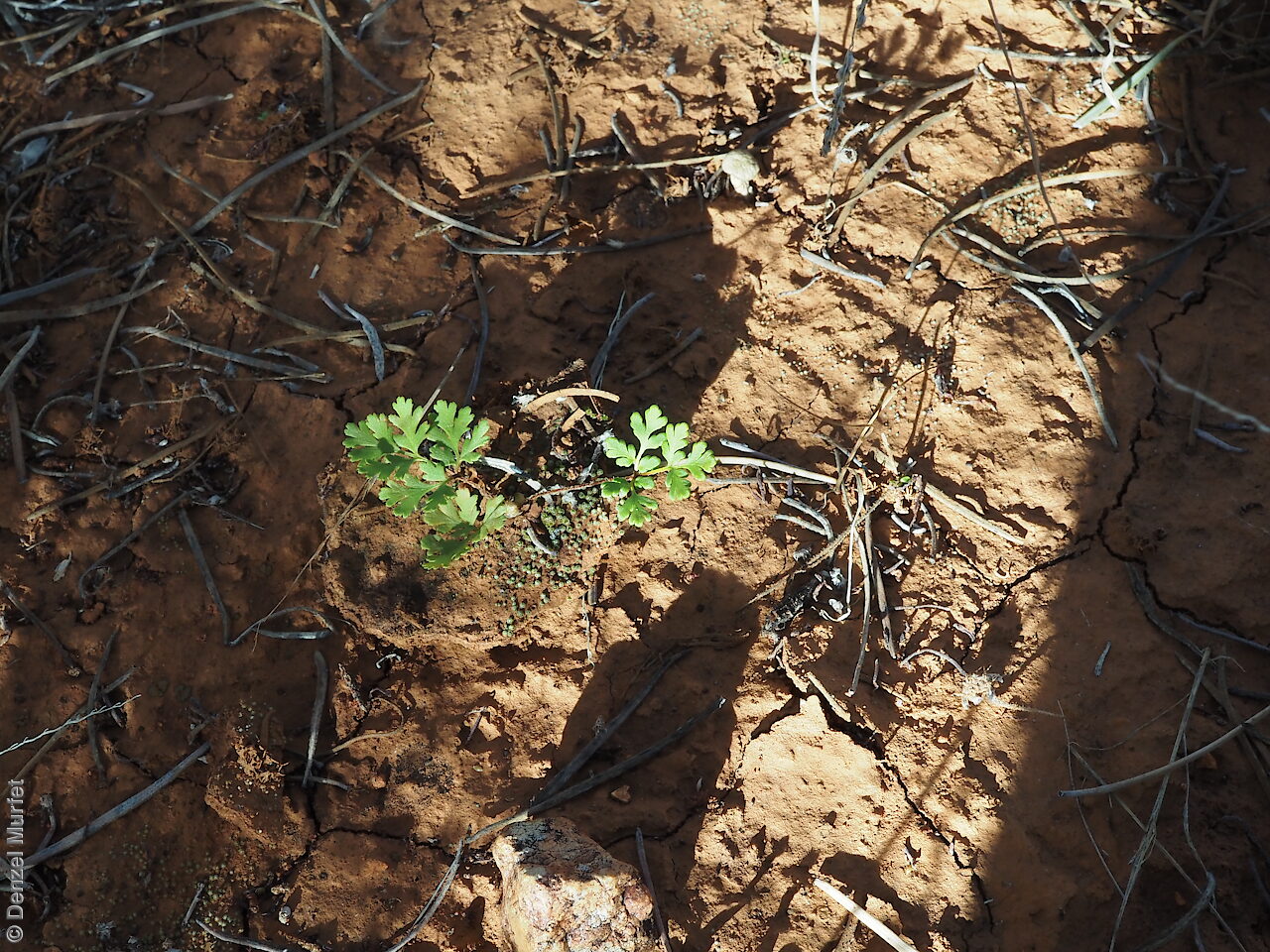
Regional Species Conservation Assessments per IBRA subregion.

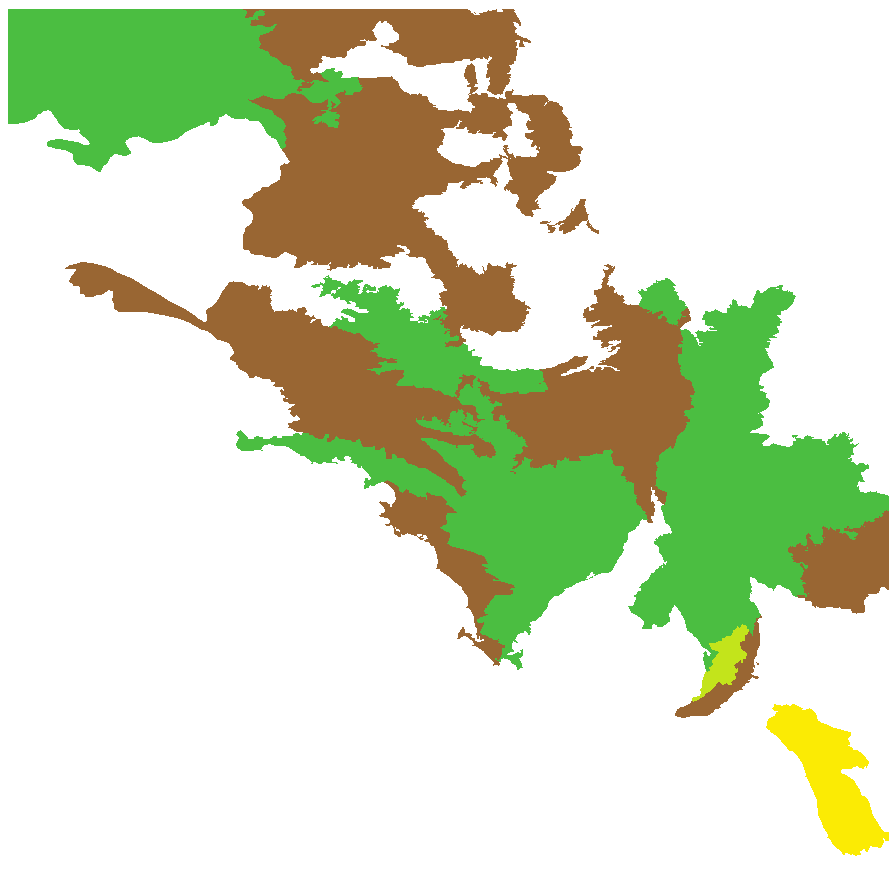
Least concern
Near threatened
Rare
Vulnerable
Endangered
Critically endangered
Extinct
Data deficient
Adelaide
Arkaroola
Ceduna
Coober Pedy
Hawker
Innamincka
Marla
Marree
Mount Gambier
Oodnadatta
Renmark
Wudinna
Keith
Yunta
Display IBRA region text
| Lucindale (NCP03) | Naracoorte Coastal Plain | Vulnerable (IUCN: VU D2) [limited to granite habitat - one spot] |
| Tintinara (NCP04) | | Vulnerable (IUCN: VU D2) [at Mt Monster & Mt Boothby] |
| Fleurieu (KAN02) | Kanmantoo | Rare (IUCN: RA d(ii)) [lives in crevices, sandy, swampy & rocky areas] |
| Mount Lofty Ranges (FLB01) | Flinders Lofty Block | Near Threatened [lives in crevices, sandy, swampy & rocky areas] |
| Broughton (FLB02) | | Least Concern |
| Olary Spur (FLB03) | | Least Concern |
| Southern Flinders (FLB04) | | Least Concern |
| Northern Flinders (FLB05) | | Least Concern |
| Central Flinders (FLB06) | | Least Concern |
| St Vincent (EYB02) | Eyre Yorke Block | Least Concern |
| Eyre Hills (EYB03) | | Least Concern [rocky outcrops] |
| Talia (EYB04) | | Rare (IUCN: RA d(ii)) [undercollected] |
| Eyre Mallee (EYB05) | | Least Concern [rocky outcrops] |
| South Olary Plain (MDD01) | Murray Darling Depression | Rare (IUCN: RA d(i,ii)) [Bob C - usually in rocky areas, is possible, widespread, could be C austrotenuifolia] |
| Braemer (MDD07) | | Least Concern |
| Myall Plains (GAW01) | Gawler | Least Concern [rocky outcrops] |
| Gawler Volcanics (GAW02) | | Least Concern [rocky outcrops] |
| Gawler Lakes (GAW03) | | Rare (IUCN: RA d(ii)) [undercollected] |
| Arcoona Plateau (GAW04) | | Rare (IUCN: RA d(ii)) [undercollected] |
| Kingoonya (GAW05) | | Least Concern [rocky outcrops] |
| Torrens (GAW06) | | Rare (IUCN: RA d(i,ii)) |
| Kintore (GVD04) | Great Victoria Desert | Least Concern |
| Tallaringa (GVD05) | | Rare (IUCN: RA d(ii)) |
| Yellabinna (GVD06) | | Rare (IUCN: RA d(ii)) [undercollected] |
| Bimbowrie (BHC05) | Broken Hill Complex | Least Concern |
| Breakaways (STP01) | Stony Plains | Rare (IUCN: RA d(ii)) |
| Oodnadatta (STP02) | | Rare (IUCN: RA d(ii)) |
| Peake-Dennison Inlier (STP04) | | Rare (IUCN: RA d(ii)) |
| Witjira (STP06) | | Rare (IUCN: RA d(ii)) |
| Mann-Musgrave Block (CER01) | Central Ranges | Least Concern |
| Watarru (CER02) | | Least Concern |
| Everard Block (CER03) | | Least Concern |
| Tieyon (FIN03) | Finke | Rare (IUCN: RA d(ii)) |
| 2 of 4 subregions | Naracoorte Coastal Plain | Vulnerable |
| Fleurieu (KAN02) | Kanmantoo | Rare (IUCN: RA d(ii)) [lives in crevices, sandy, swampy & rocky areas] |
| 6 of 6 subregions | Flinders Lofty Block | Least Concern , Near Threatened |
| 4 of 5 subregions | Eyre Yorke Block | Least Concern , Rare |
| 2 of 6 subregions | Murray Darling Depression | Least Concern , Rare |
| 6 of 8 subregions | Gawler | Least Concern , Rare |
| 3 of 4 subregions | Great Victoria Desert | Least Concern , Rare |
| Bimbowrie (BHC05) | Broken Hill Complex | Least Concern |
| 4 of 7 subregions | Stony Plains | Rare |
| 3 of 3 subregions | Central Ranges | Least Concern |
| Tieyon (FIN03) | Finke | Rare (IUCN: RA d(ii)) |
Botanical art
Kath Alcock paintings: 2
Prior names
Cheilanthes clelandii
Cheilanthes tenuifolia ssp. sieberi
Common names
Mulga Fern
Narrow Rock-fern
Etymology
Cheilanthes from the Greek 'cheilos' meaning a lip and 'anthos' meaning a flower, alluding to the lip-like indusium (thin membrane covering the sorus). Sieberi named after Franz Wilhelm Sieber (1785-1844), a Bohemian botanist and plant collector who travelled to Europe, the Middle-east, Southern Africa and Australia.
Distribution and status
Found across South Australia except the north-east and south-west corners growing in rock crevices or on rocky slopes in mountain ranges and rocky outcrops in arid areas. Also found in all other States. Native. Common in South Australia. Common in the other States.
Herbarium regions: North Western, Lake Eyre, Gairdner-Torrens, Flinders Ranges, Eastern, Eyre Peninsula, Northern Lofty, Murray, Yorke Peninsula, Southern Lofty, South Eastern, Green Adelaide
NRM regions: Adelaide and Mount Lofty Ranges, Alinytjara Wilurara, Eyre Peninsula, Northern and Yorke, South Australian Arid Lands, South Australian Murray-Darling Basin, South East
AVH map: SA distribution map (external link)
Plant description
Erect fern to 40 cm tall. Fronds clustered or scattered to 40 cm long and 5 cm wide; hairless or hairy, divided into segments which are lobed, with margin toothed and turned down. This subspecies differ from the other subspecies found in South Australia, Cheilanthes sieberi subsp. pseudovellea, which has a covering of fine white hairs on both sides of the lamina and sometimes the stipe. Fruits are sori (spores) on the underside margins of the fronds between the lobes. Seeds are very fine spores.
Seed collection and propagation
Look under the fronds and collect ones with spores and place in a seal paper bags to prevent spores from fulling out. Leave fronds in the paper bag to dry. The spores will fall off naturally or give the fronds a gentle shake. Use a very fine sieve to separate any unwanted material. Be careful as the spores are very fine. Store spores in an air tight container in a cool and dry place or in a -20oC freezer.










